Certain Popular Horse Show Dogs Breeds May Face Health Issues
October 3, 2017 Comments Off on Certain Popular Horse Show Dogs Breeds May Face Health Issues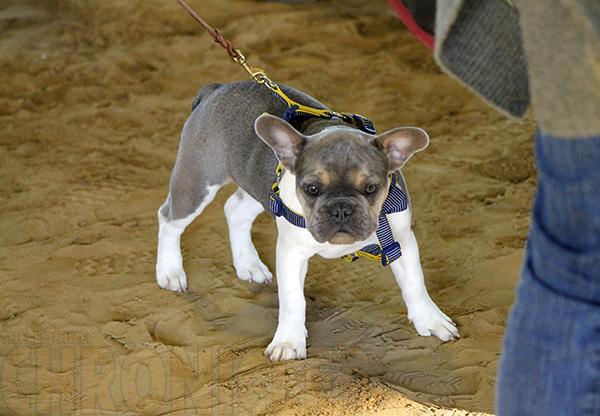
“Because they don’t have normal muzzles, they can’t easily cool themselves in warm weather, and the soft tissues in their throats can swell and block the passage of air. They may faint, collapse or overheat, sometimes fatally, when exercising or excited. These dogs often need major surgery to improve their quality of life.”
Continue reading …Tips For Trailering Your Asthmatic Horse
October 2, 2017 Comments Off on Tips For Trailering Your Asthmatic Horse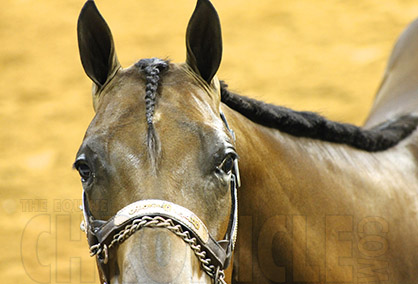
Pneumonia is one of the most common problems associated with trailering horses, and your horse’s risk of contracting it climbs significantly higher when on steroids, so keep this in mind before loading your horse on the trailer.
Continue reading …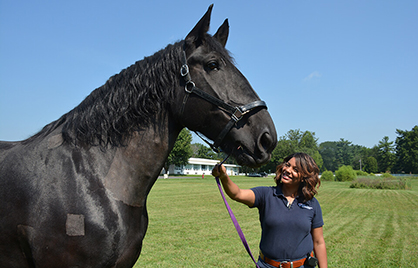
There are two main options for treating a horse in AFib – through the administration of the drug Quinidine or by undergoing a transvenous electrical cardioversion (TVEC) procedure, where electrical leads placed in specific areas synchronize shocks to the heart, resetting it back into normal sinus rhythm.
Continue reading …“Couplers are the Lifeline Between Your Tow Vehicle and Your Horse Trailer”
September 28, 2017 Comments Off on “Couplers are the Lifeline Between Your Tow Vehicle and Your Horse Trailer”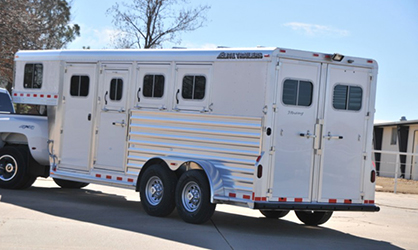
A common fear is that your trailer will unhitch. It is your responsibility to ensure that it doesn’t. Here is what you need to know:
Continue reading …Would You Know if a Fellow Rider Was Suffering From a Concussion?
September 20, 2017 Comments Off on Would You Know if a Fellow Rider Was Suffering From a Concussion?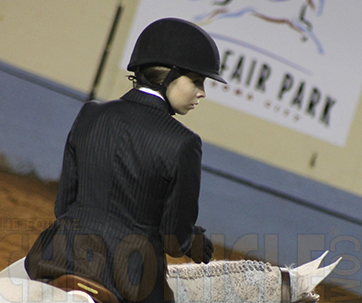
Did you know that the average amount of traumatic brain injury-related deaths in equestrian sport is more than seven times that of traumatic brain injury-related deaths in contact sports (such as American football)? That’s an average of 60 deaths in equestrian sports each year.
Continue reading …Fall Equine Wellness: What Your Horse Needs
September 19, 2017 Comments Off on Fall Equine Wellness: What Your Horse Needs
Equine influenza is one of the most common respiratory diseases in horses, spreading by aerosol transmission (coughing or sneezing) from horse to horse in distances as far as 50 yards.2 Like humans with a cold, horses may experience dry cough, nasal discharge, fever, depression and loss of appetite.
Continue reading …
Store the hay string sides on the vertical so moisture, that is inherent in all hay, can travel down the stack. If the front of the hay storage is open to the elements, be aware that moisture will be drawn to the bottom three or four layers on the front of the stack. It is therefore wise to provide some sort of tarp curtain or door.
Continue reading …There’s an App For That! Blanketing Done Right With SmartPak
September 18, 2017 Comments Off on There’s an App For That! Blanketing Done Right With SmartPak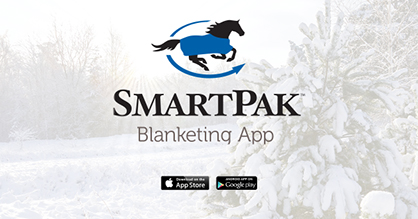
Just download the SmartPak Blanketing App, answer a few questions about your horse, and you’ll get blanketing recommendations customized to your horse and your location.
Continue reading …After Irma: Keeping Pets Safe and Healthy Upon Return
September 12, 2017 Comments Off on After Irma: Keeping Pets Safe and Healthy Upon Return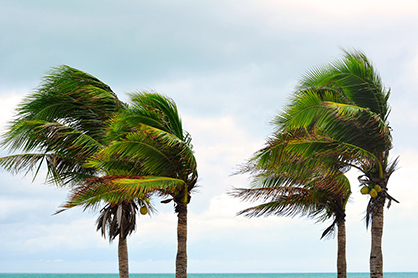
Do not allow pets to roam free outdoors until the area is safe for them to do so. They could encounter dangerous wildlife and debris if allowed outside unsupervised and unrestrained. In addition, familiar scents and landmarks may have changed, and this can confuse your pets.
Continue reading …Meet the Rood & Riddle Veterinarians at New, Updated Wellington, FL. Facility
September 8, 2017 Comments Off on Meet the Rood & Riddle Veterinarians at New, Updated Wellington, FL. Facility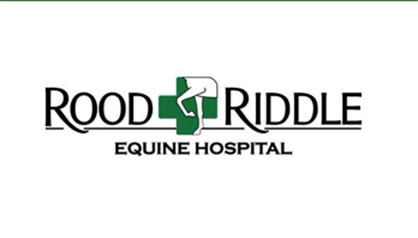
Rood & Riddle’s new referral and surgical hospital located on Southshore Boulevard now provides expanded veterinary services to South Florida. In addition to the newly renovated facility, Rood & Riddle owns one-third of Advanced Equine Imaging, also located on the Wellington property. Rood & Riddle Equine Hospital in Wellington is the second expansion for the Lexington, Kentucky, based equine veterinary practice, which also established a referral and surgical practice in Saratoga Springs, New York, in 2013.
Continue reading …







